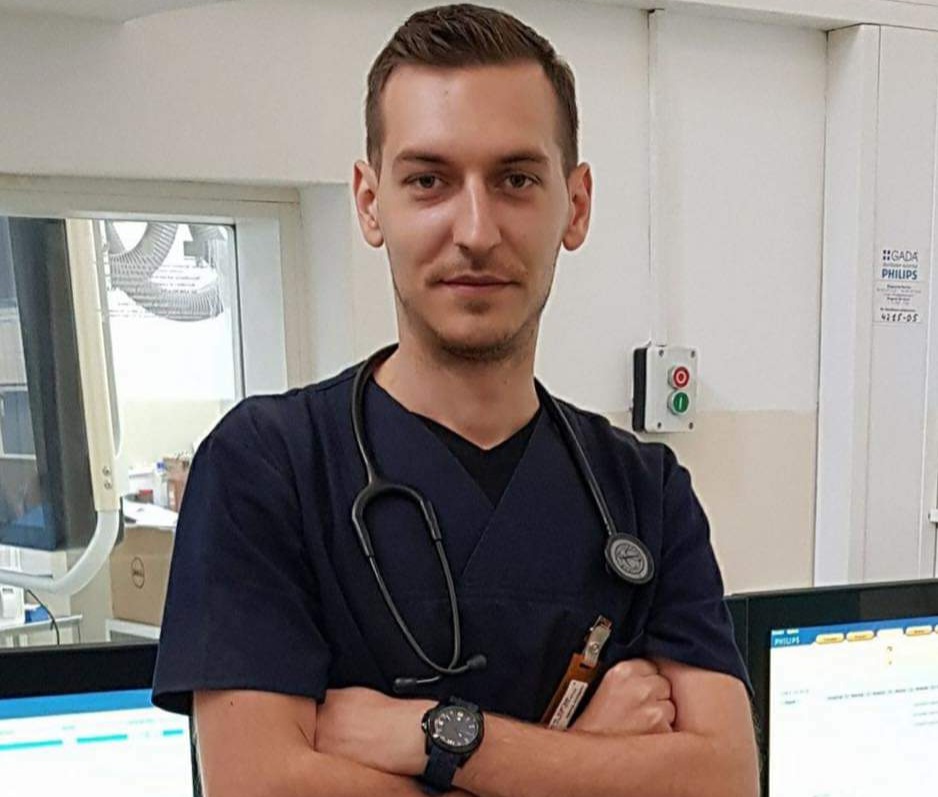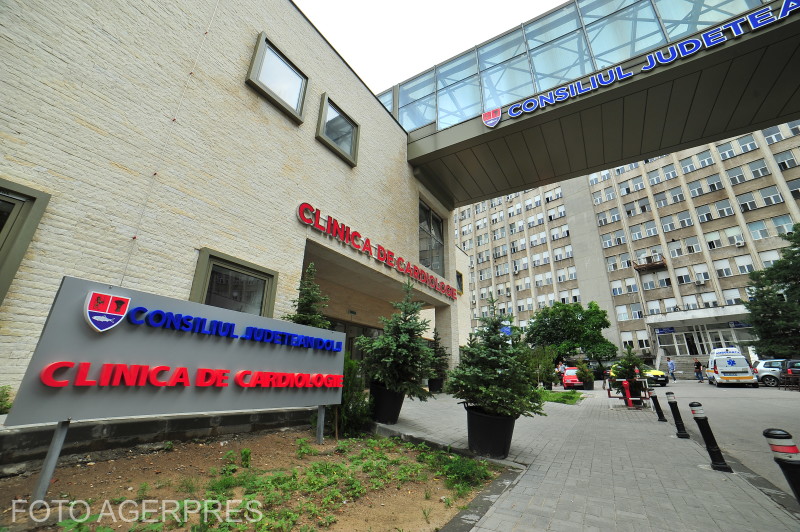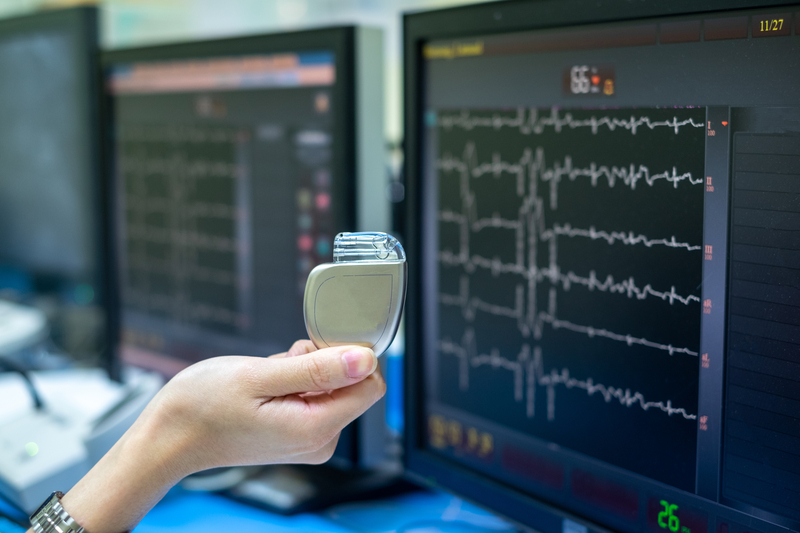
The reuse of heart devices – pacemakers and defibrillators – has been possible and legal for years, not only in Romania, but also in large homes in wealthier countries. In our country, their reuse was officially prohibited in June 2021 due to an emergency order in accordance with the European recommendation of 2017. Why, however, was a continent-wide ban on reuse recommended only in 2017, when it was allowed until then?
Why the reuse of cardiac devices is no longer justified – in short:
- The explanation is much simpler than one might think: 10-15 years ago, the price of these devices was extremely high – on the order of thousands or even tens of thousands of euros, and over time it began to progressively decrease. Initially, this was a high price both for the pocket of many patients and for the health insurance budget, particularly in large houses – in richer countries – especially in a context where cardiovascular disease is the most common condition and the most common cause of death worldwide. .
- Today, the price of such a device reaches several hundred euros, which makes their repeated use no longer justified.
- “Practically, with the money you used to treat one patient 10 years ago, you can now treat, say, even 10 patients,” Dr. Eugen Cieranu, cardiologist superspecialist in interventional cardiology and coordinator of the interventional cardiology department, explains to HotNews.ro of cardiology of the District Emergency Clinical Hospital in Craiova.
- The phenomenon of falling prices, to some extent natural for a medical product, when years have passed since it appeared on the market, is also related to this measure, which prohibits reuse: with the changes in the law, they were adapted by manufacturers to no longer reuse them, which also led to a decrease in the cost of these devices, Vasile Barbu, president of the National Patient Protection Association, told HotNews.ro.
- However, it should be noted that even before the ban, these devices were reused only in a situation where there was no other way out – when there was not enough money for a new device.
- Besides price, what is the main difference between a new and used patient device? “There were also studies, there were also all kinds of articles in specialized magazines. Indeed, the risk of infection was slightly higher with a reused device than with a new one, but in the end it saved the man’s life. And this was the priority of doctors, cardiologists, to save the man’s life. Otherwise, these patients had no chance of life,” explains doctor Eugene Cieranu.
Pacemakers and defibrillators, a revolution in cardiology. At the time of their appearance, their price ranged from thousands to tens of thousands of euros
Pacemakers and heart defibrillators are small heart devices that are most often used for the “electrical part” of the heart – when the heart no longer has its own generator to send nerve impulses to contract it, the head of university affairs explains to HotNews.ro. Dr. Eugene Sieranu, cardiologist with super specialization in interventional cardiology and coordinator of the interventional cardiology department of the Emergency Clinical Hospital in Craiova.
In these cases, the heart needs to be helped, and these heart devices – pacemakers or defibrillators – are installed as pulse generators. They are implanted subcutaneously, at the level of the patient’s skin, and through some wires, which we call probes, they are inserted into the heart and generate a nerve impulse.
Part of pacemakers became a revolution in cardiology, and like everything new, at the time of their appearance, they were very rare and, automatically, also very expensive, explains doctor Eugene Cieranu.

Dr. Eugene Cieranu, cardiologist-specialist with additional specialization in interventional cardiology and coordinator of the department of interventional cardiology of the District Emergency Clinical Hospital in Kraiów / Photo: Personal archive of Eugene Cieranu
For this reason, not only in Romania, but also in all of Europe, they could be reused, at the moment of their appearance, but only when necessary – when there was not enough money for new ones.
The price at that time was thousands, even tens of thousands of euros, explains Eugene Sheeranu: “You understand that there were patients in Romania whose lives depended on such a device. The state did not have the opportunity to pay with them for all patients who needed them at that time – we are talking about 10-15 years ago. And even the patients didn’t have these very large amounts, most of the time. But their lives depended on it. For this reason, not only in Romania, but also in other European countries, this technique of reusing these devices was practiced in the past – they were sterilized and reused.”
I asked Dr. Eugen Cierana if there were any risks in the case of repeated use: “There were also studies, there were also all kinds of articles in specialized journals. Indeed, the risk of infection was slightly higher with a reused device than with a new one, but in the end it saved the man’s life. And this was the priority of doctors, cardiologists, to save the man’s life. Otherwise, those patients had no chance of life.”
Are cardiac devices reused in Romania by 2021? “Since I’ve been in the field as a resident and a specialist, I don’t know of it being reused.”
Evgeny Cieran is not yet 35 years old. He says that, at least since he has been working in this field, first as a resident doctor, then as a specialist doctor, he does not know that such devices have been reused in Romania in recent years, before their ban: “Here we are talking here after 2014, not earlier. I can’t speculate about what happened before.”
The words of Eugene Sheeran confirm the words of the President of the College of Doctors, Professor Daniel Coriu, who said in an interview with HotNews.ro last week that although the reuse of devices was officially banned in Romania in June 2021, he was not aware that the practice had been used before : “They were banned in 2021, but it’s debatable whether they were allowed or used before. Until 2021, I don’t know if they’ve been used.”
If they are to be reused, “there should have been very clear rules, a scheme, a flow, some sterilization procedures, who does what. I said that maybe they are in the hospital, but we don’t know,” emphasized Daniel Coriu.

Cardiology clinic of the district hospital in Craiova / Photo: Agerpres
Stents cannot be reused. There was a lot of confusion in the public space
Back to today, Eugene Sheeran says that in the interventional cardiology department of the Emergency Clinical Hospital in Craiova, where he works, these devices are mostly paid for by the Health Insurance Company: “Patients don’t pay anything. All devices are purchased through national programs regulated by the Medical Insurance Chamber, and the vast majority of patients from the Oltenia region end up in Craiova, the only center in the region where international cardiac procedures are practiced. They benefit from state-of-the-art, brand new materials without paying a penny for such devices, whether we’re talking about defibrillators, pacemakers or stents.”
Regarding stents, Eugene Sheeranu draws attention to the fact that in recent days, after the case in the district hospital in Iasi, medically unreliable information has entered the public space, such as the alleged reuse of stents, which is impossible from a medical point of view: “In the public space of misinformation has emerged regarding various interventions and various materials that will be reused in interventional cardiology. For example, stents are small devices that are implanted in patients with coronary artery problems. Heart vessels and these stents are attached to the balloon and stored by interventional cardiologists inside the vessels. They are like a metal armature, which later, after a certain period of time, is assimilated by the body, that is, endothelialized, and from there these stents can no longer be reused, they can no longer be removed from patients. , regardless of whether the patients die, but they can no longer be removed and reused.”
Dr. Eugene Sheeran: There are enough devices, but too few interventional cardiology centers
In the interventional cardiology center of the Craiova District Hospital, where Yevhen Sieranu works, there are always enough stocks of such devices for both emergency cases and chronic patients, says the doctor.
“Of course, living in Romania, there are certain failures – the fact that the budget was not voted, or various reasons – things that belong to the administrative side, not to the doctors. In those days, if we’re talking about chronic patients, they’re still delayed until the machines arrive, because we have to have enough stock to cover emergencies. During the last 2-3 years in Craiova, we have always been careful and when the stocks were close to completion, a note was made to the Casa de Asigurări justifying the addition, and in most cases the Casa de Asigurări ordered and provided the necessary funds to purchase these devices.”

Heart machine / Photo: Pitchayanan Kongkaew | Dreamstime.com
Doctor Eugene Cieranu notes that the biggest problem is not the number of installed devices, but the insufficient number of interventional cardiology centers and doctors: “I’ll give you an example: I spoke with a colleague from Berlin, and in Germany alone there are more than 60 interventional cardiology centers in the city of Berlin, able to receive patients with acute myocardial infarction. Basically, wherever you are, you arrive in the first two hours when you get the most benefit. I don’t know how to give you a clear example, I don’t have statistics, but I don’t know if Romania currently has 60 interventional cardiology centers, both public and private, throughout the country. In fact, we should have more centers. Every county hospital, every county should have such a center. I will give you an example of a hospital in Craiova: in Craiova, we receive patients from all over Oltenia, from 5 counties – Dolj, Olt, Gorzh, Mehedynci and Vilca. Because there are no other centers in these counties.”
“In practice, there are not enough centers of interventional cardiology, and you understand that no matter how large the capacity of the hospital is, both in terms of the number of medical personnel and the number of beds, it is limited at some point. We are talking about 5 million inhabitants in this region, it is beyond the capacity of the hospital, in terms of the number of beds and how much a doctor can work. Let’s not forget that cardiovascular diseases and myocardial infarction are the main condition of patients. And then, of course, there should be more interventional cardiology centers in Romania, all regions should be covered, there should be at least one center in each district hospital. I believe that such a center would be necessary and useful,” says doctor Eugene Sheeran.
Read also:
-
How are “gods” born in hospitals? Some explanations of how the Iasi case is possible
-
Why is it so difficult to get a heart machine in Romania when you need it? Flaws in the system that made the Yassa case possible
-
Doctor Dan Tesloyana, who is accused of reusing pacemakers taken from corpses, was taken into custody
- “The main culprit is the hospital. That man was not doing what he did at home, in his garage.” Interview with the President of the College of Doctors about the case of heart devices recycled from the dead
Source: Hot News
Ashley Bailey is a talented author and journalist known for her writing on trending topics. Currently working at 247 news reel, she brings readers fresh perspectives on current issues. With her well-researched and thought-provoking articles, she captures the zeitgeist and stays ahead of the latest trends. Ashley’s writing is a must-read for anyone interested in staying up-to-date with the latest developments.